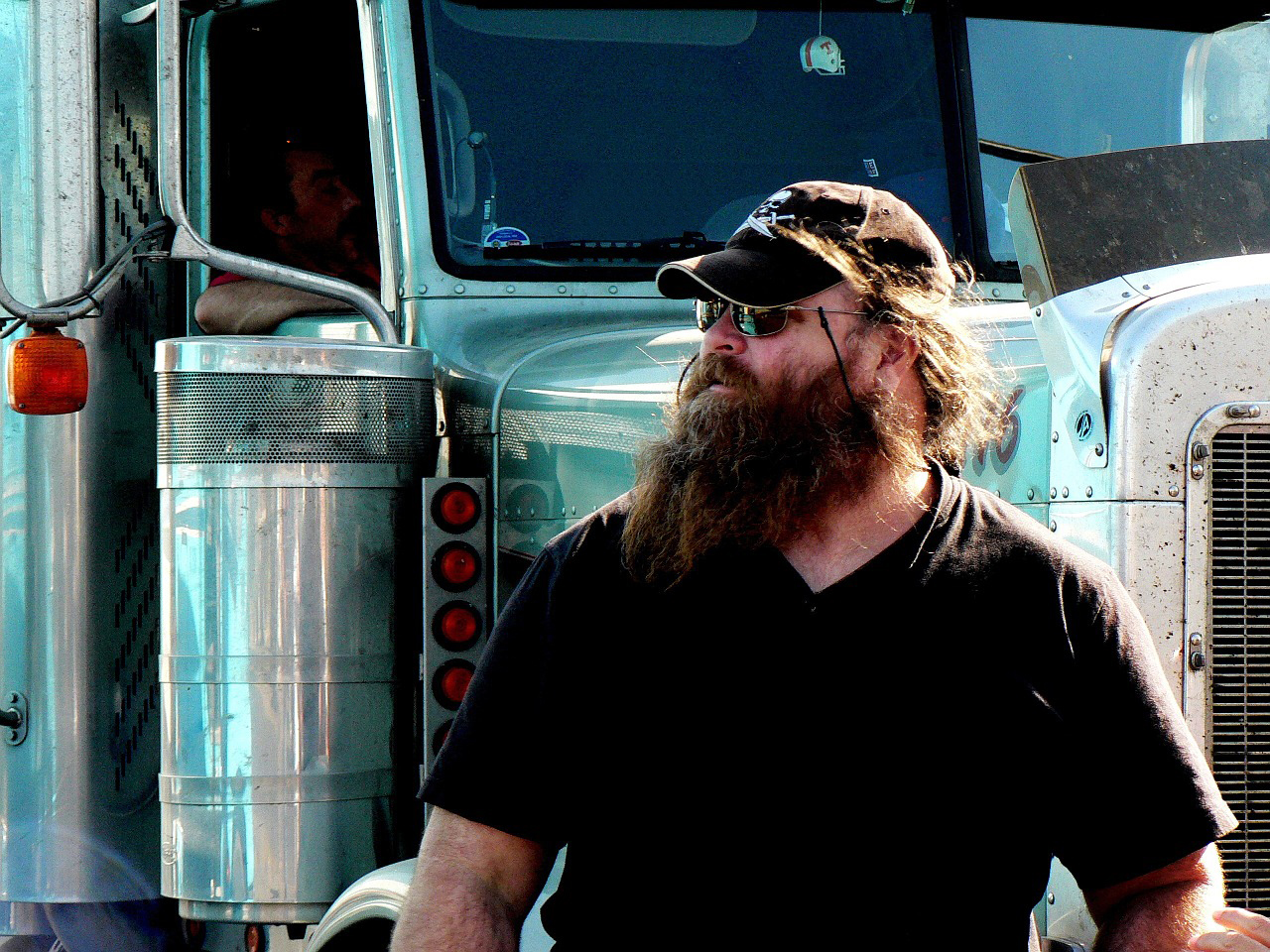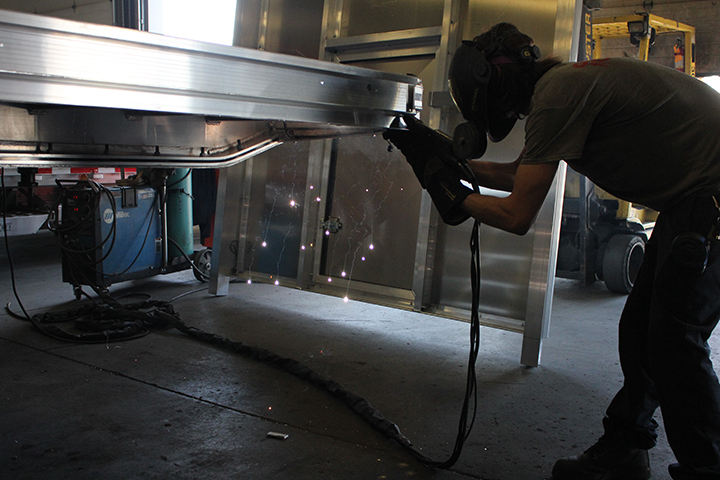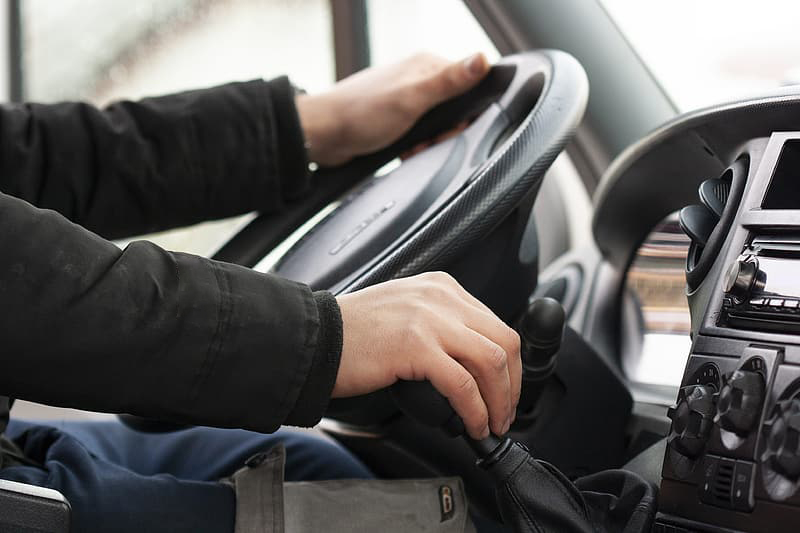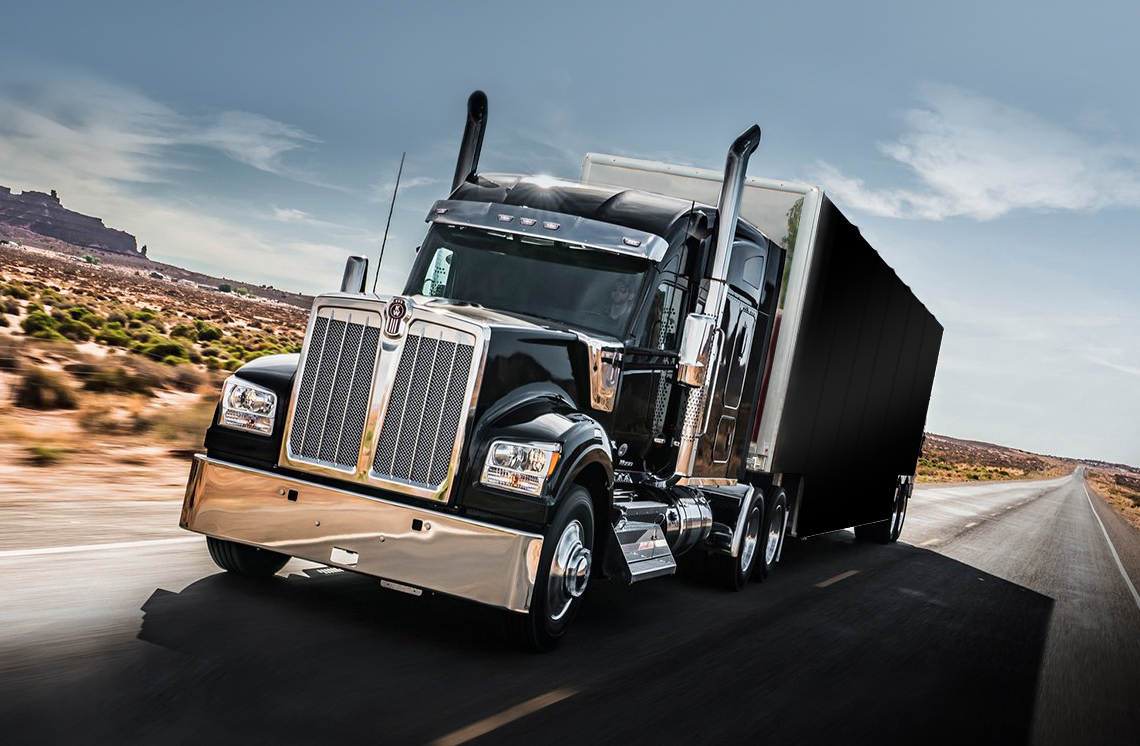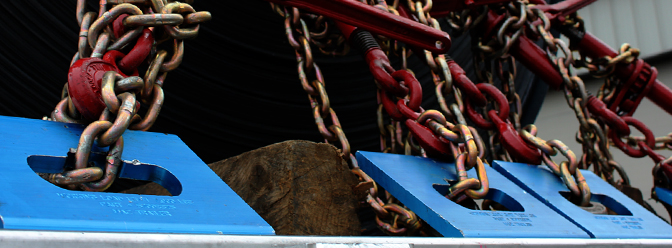
Safety is very important when it comes to transporting your load from one place to another. According to the FMCSA all tie-downs must be attached and secured so that it does not become loose or unfastened, open, or release during transit. The location of these tie-downs must be located inboard of the rub rails. The FMCSA also requires one tie-down to secure a load that is five feet or less in length and weighs 1,100 pounds or less.
How Tie-Downs Can Be Attached
One way a tie-down can be attached would be to find the anchored point on the trailer and connect it to the tie-down. Using chain or straps you would put it over or around the cargo to the other manufactured trailer point which can be considered an indirect tie-down method. Always be sure to check the weight load limit of the straps or chain you use along with yout tie down in order to drive safely down the road.
For a direct tie-down method the tie-down can be attached to the truck (or trailer) on one side, passed over the cargo and to the opposite side to the manufactured anchor point.
Lastly, to prevent shifting or tipping, cargo is immobilized or secured on or within a vehicle by tiedowns along with:
- Blocking.
- Bracing.
- Friction mats.
- Other cargo.
- Void fillers.
- Combination of these.
FMCSA:
https://www.fmcsa.dot.gov/regulations/cargo-securement/drivers-handbook-cargo-securement-chapter-2-general-cargo-securement
https://www.fmcsa.dot.gov/regulations/cargo-securement/cargo-securement-rules
https://ohioline.osu.edu/factsheet/AEX-598.2-11

